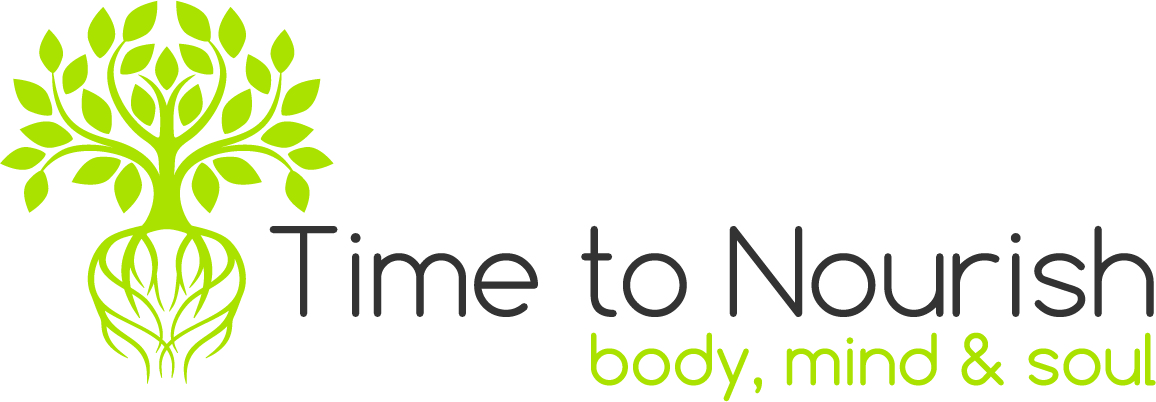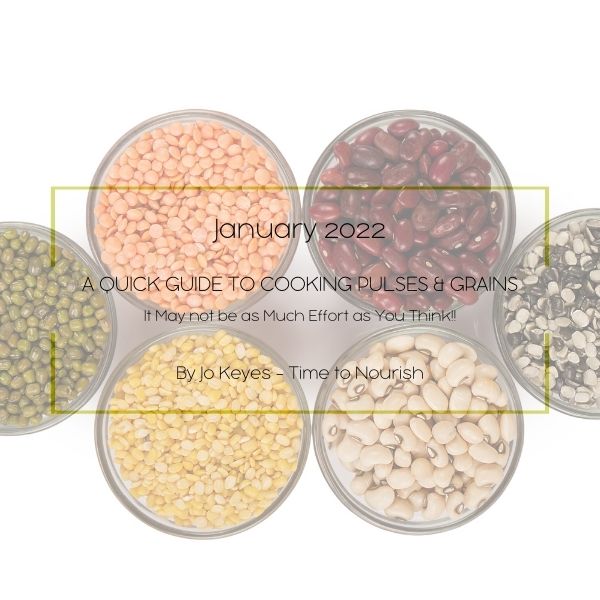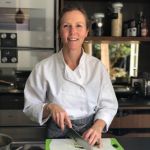So many of us have been seduced into the convenience of purchasing cooked beans, pulses and grains and I include myself in that! Whether it be due to perceived lack of time, skill or knowledge, with only a small amount of effort we could save ourselves money and help the environment by purchasing from a refill shop like Seed1 in Marlow and cooking the dried varieties.
I hope this blog provides you with the information you need to try it out.
To Soak or Not to Soak
Pre-soaking is recommended as it reduces cooking time and assists with breaking down starches which can be difficult to digest and cause discomfort and flatulence.
- Soak overnight for a minimum of 5 hours to a max 12 hours.
- For a quick soak method, place in a saucepan of cold water, bring to boil and simmer for 5-10 mins, turn off heat then leave to sit for 1-2hrs.
- Rinse and drain then follow hob cooking methods below.
Hob Cooking Methods & Times
Beans & Chickpeas
When cooking beans always cook before adding to recipes. It is worth cooking a big batch as they are easy to store or freeze.
Cooking on the hob after soaking.
- Place 2 cups of dried beans in a saucepan, add cold water to cover beans plus 1-2cm, bring to boil and simmer with a lid practically covering.
- If you wish, add flavour with stock powder, onions, garlic, salt, pepper or bay leaf before bringing to boil.
- Cooking times vary according to the type of bean, how old they are, how long they have been soaked etc. However, I recommend a gentle simmer for 30 mins then check water levels and tenderness every 30 mins until cooked. Average simmer time 60-120mins.
- 2 cups of dried beans will be 6 cups of cooked beans. Most recipes require a 400g tin drained which is equivalent to approximately 2 cups of cooked.
NB – Kidney beans need a little more attention as if not prepared and cooked properly they can cause sickness.
- Soak for minimum of 5 hours, ideally 8-12 hours
- Rinse and drain then cover with cold water and bring to high boil for 10 mins
- Rinse and drain again then they are ready to cook.
- Bring to simmer in fresh cold water and cook until tender, up to 2 hours
- Can be cooked in slow cooker or pressure cooker after initial preparation.
Lentils – red, green or yellow
- No soaking required
- Rinse and drain and cover with cold water, bring to simmer and cook for 15-25 mins. Red lentils cook quicker.
- Red and green can be cooked within a recipe – keep a close eye on liquid levels.
Rice & Quinoa
- No soaking required
- Rinse and drain in fresh water
- Use the absorption method which requires 1:2 ratio, so one cup of grain to 2 cups of water
- Bring to low simmer, cover and cook for 10-15 mins for quinoa and 30-35 mins for brown rice.
- Remove lid towards end of cooking, check on water absorption and if cooked to liking
- If cooked but still has water remove lid and turn up heat slightly to evaporate liquid
- If not cooked keep lid on, add a touch more water if needed and continue to cook until to your liking.
Instant Pot Cooking – no soak method
Beans & Chickpeas
- Add 2 cups of beans and 8 cups of water plus any flavourings, cook on high pressure for the correct length of time then natural pressure release for 20min.
- Black beans – 30 mins
- Chickpeas – 35mins
- Kidney beans – 35 mins
- Pinto Beans – 25 mins
- Navy beans – 25 mins
- Butter beans – 40 mins
Brown basmati or long grain brown rice
- To serve 4-5 people add 1 cup of rice and 1 cup of water plus any flavourings. Cook on high pressure for 20 mins then natural pressure release for 10 mins. If not cooked to your liking replace lid and allow to steam for a further 5 mins.
Quinoa
- To serve 4-5 people add 1 cup of quinoa and 1 cup of water plus any flavourings. Cook on high pressure for 1 min (yes just 1 min! – it will take 5-8 mins to get up to pressure) then natural pressure release for 12 min.
Storing
Once your beans, grains and pulses are cooked they can be kept in an airtight container in the fridge for up to 5 days or portioned, labelled and frozen. Add a splash of cooking liquid to keep them moist.
How to use your cooked beans, pulses & grains
Beans, pulses and grains are very versatile. They are nutrient dense, protein and fibre rich, slow-release carbohydrates that can be added to many dishes to reduce or replace meat.
They can be enjoyed hot or cold and are great added to soup for a more substantial meal. When re-heating, take to a high temperature.
Chickpeas and butter beans are perfect for making dips and hummus or falafels and burgers.
Click here to see my latest recipe for a quick easy and versatile one-pot creamy sweet miso prawn and butter bean dish that will utilise your home cooked butter beans.



